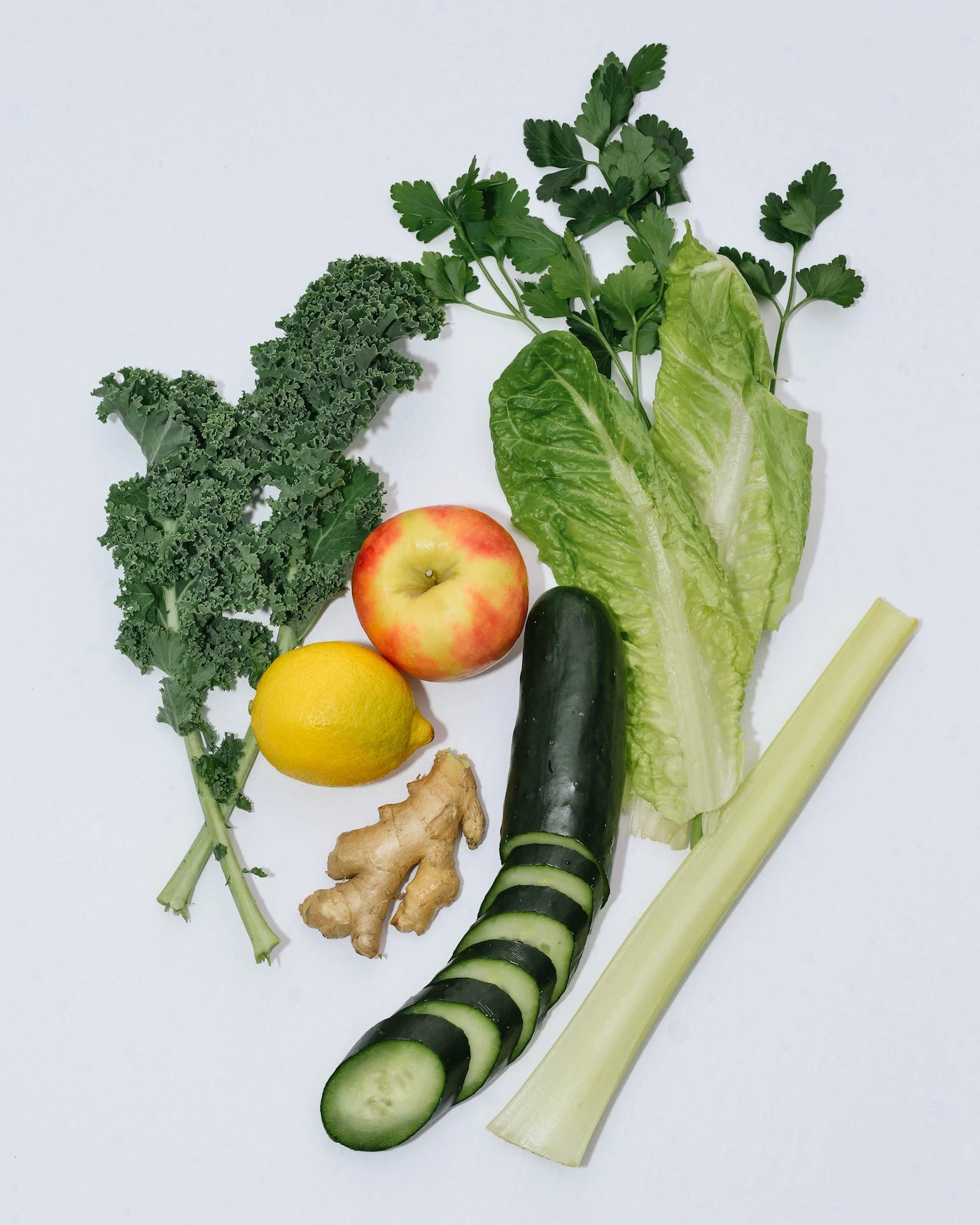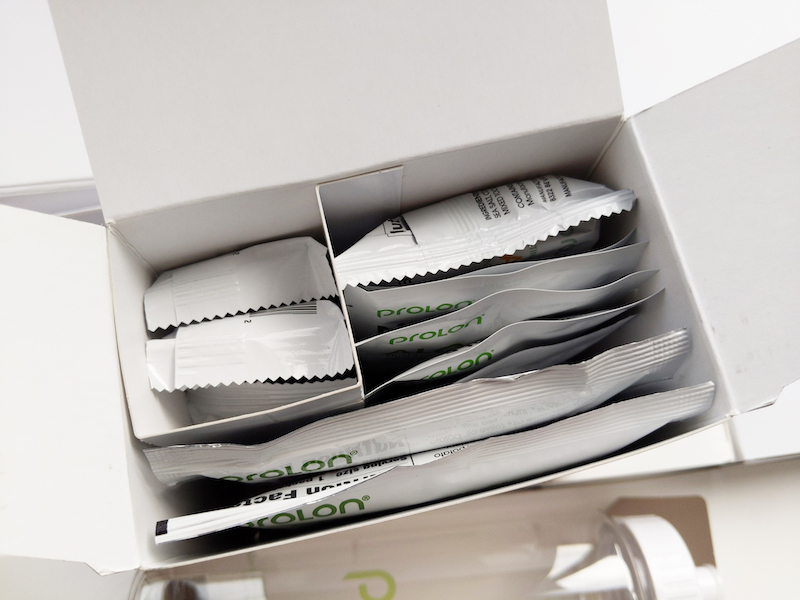Updated: 6/13/2023 | What to Eat When You’re Fasting
Fasting is a very approachable diet. Fasting requires that you refrain from eating for a period of time and alternate your eating in cycles of or schedules.
The four most common intermittent fasting methods include:
- Time-restricted eating (the 16/8 or 14/10 method) – In this option, you have set fasting and eating windows. For example, you fast for 16 hours of the day and are able to eat for only eight hours of the day. Since most people already fast while they sleep, this method is popular. It’s convenient, as you extend the overnight fast by skipping breakfast and not eating until lunch. This form of fasting is a safer bet for many people who are interested in trying intermittent fasting for the first time. The 16/8 method: Only eating between 10 a.m. and 6 p.m. The 14/10 method: Only eating between 9 a.m. and 7 p.m. This method of intermittent fasting can be repeated as often as you’d like or even done once or twice a week — whatever your personal preference is. Often, the majority of your calories are consumed before it’s dark out.
- Twice-a-week method (the 5:2 method) – This approach to intermittent fasting focuses on capping your calories at 500 for two days a week. During the other five days of the week, you maintain a healthy and normal diet. On fasting days, this approach usually includes a 200-calorie meal and a 300-calorie meal. It’s important to focus on high-fiber and high-protein foods to help fill you up and keep calories low when fasting. You can choose whichever two fasting days (say, Tuesdays and Thursdays) as long as there is a non-fasting day between them. Be sure to eat the same amount of food you normally would on non-fasting days.
- Alternate day fasting – This variation involves “modified” fasting every other day. For instance, limit your calories on fasting days to 500 ― or about 25% of your normal intake. On non-fasting days, resume your regular, healthy diet. There are also strict variations to this approach that include consuming 0 calories on alternate days instead of 500.
- The 24-hour fast (or eat: stop: eat method) – This method involves fasting completely for a full 24 hours. Often, it’s only done once or twice a week. Most people fast from breakfast to breakfast or lunch to lunch. With this version of intermittent fasting, the side effects can be extreme, such as fatigue, headaches, irritability, hunger, and low energy. If you follow this method, you should return to a normal, healthy diet on your non-fasting days.
What to Eat When You’re Fasting
#1 High Water Content and Nutrient Dense Vegetables
Vegetables such as celery, cucumber, iceberg lettuce, tomato, and zucchini contain over ninety percent water. They are great for people who are fasting but want to consume something low-calorie.
#2 Prolon
Prolon is a 5-day fasting program that requires you to follow and consume a very strict amount of liquids, supplements, and tea. It mimics fasting and allows you to lose weight quickly and in a safe way.
#3 Blendtopia
Blendtopia makes ready-to-blend smoothies that are tasty and healthy. Smoothies are great for consuming while fasting. Their blends are organic, GMO-free, dairy-free, and vegan.
We love the ability to choose from pre-packaged boxes or to create your own box to your liking. Best of all, it gets delivered directly to your doorstep.
Sticking to your diet has never been easier!
#4 Diet Tea
When we feel hunger pangs, we try to suppress our hunger with tea.
The teas that we recommend are from:
- Pourrestore – They have an anti-bloating tea that tastes great.
If you found our post on what to eat when you’re fasting helpful, please share it. Thanks for your support!
Thank you for visiting today! If you found this encouraging or informative, please connect with us on Instagram or TikTok. Sign up for our monthly newsletter for updates and more. We promise we won't spam you! Feel free to unsubscribe anytime. If you're a brand and want to work with us, please visit this page to get in touch.



